Do you think a 2,000 year old redwood is ancient? A giant sequoia weighing 2,000 tons is heavy? What if I were to tell you that these weren’t even close to the oldest or the biggest? Sure, bristlecone pines live longer (5,000 years or so), but even they are young pups compared to … Pando!
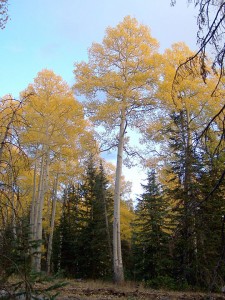
Pando (whose name is Latin for “I spread”) is an aspen tree growing in Utah that covers over 100 acres and contains 47,000 stems! Our coast redwoods may sprout new stems from buds around their root collars (see the “Exploring the Mysteries of Redwood Burls” post for more details), but aspen trees have perfected the trick of reproducing without seeds. Through a phenomenon known as suckering, aspen trees grow new stems from buds that form along their roots. As these stems grow, so too does the root system, which means more buds, more stems, more roots and so on. While Pando may appear from above the ground to be a forest of individual aspen trees, it is actually connected at the roots, a massive organism that is considered to be at least 80,000 years old (though the individual stems don’t last too much more than a century). At 6,600 tons, it dwarfs pretty much any other tree in existence. And it may not be the biggest. Aspen groves have not been extensively studied, and so there may well be bigger and older trees waiting to be discovered.
For me, the big lesson here is how much of the forest is underground, and how little we know about it. Wildlife, water, carbon, size, age, beauty – all the things that make us value the forests rising above us are just as amazing below ground!

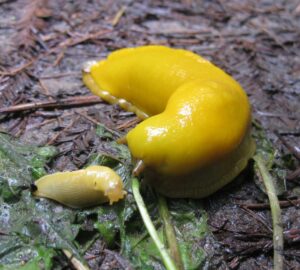

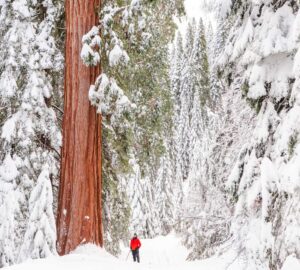
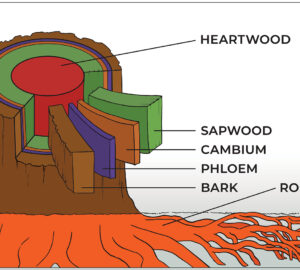
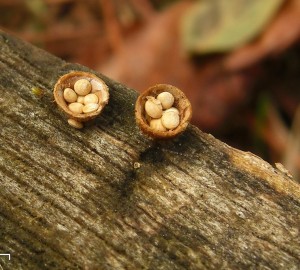
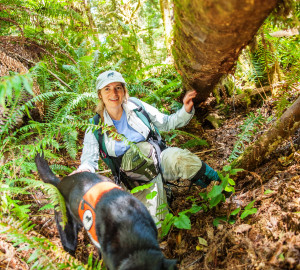
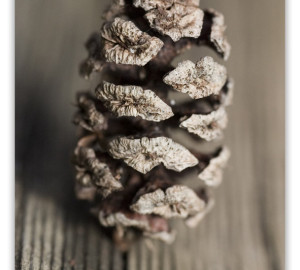
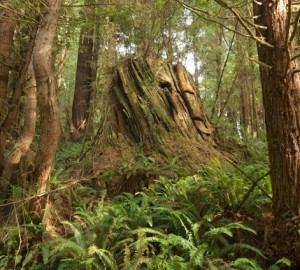
3 Responses to “Meet an 80,000-Year-Old Tree”
Richard Campbell
Hi Grant and Karen,
Thank you both for your thoughtful questions. Sprouting is quite common among deciduous trees (which include aspen), but is much rarer in confers (like redwoods). While aspens can sprout from the buds that form throughout their root network, redwood sprouts are limited to the root collar, where the trunk meets the ground. Check out my blog on the subject here: http://blog.savetheredwoods.org/exploring-the-mysteries-of-redwood-burls/.
While sprouting – or ‘suckering,’ as i refer to it above – is a property both of the aspens in the Rocky Mountains and those in Alaska, aspen is an extremely common species and so is not subject to the sort of protection it would take to prevent a project like the one you mention.
Karen Nakamura
Would that include the aspens in the elk birthing place they want to drill in the Artic? Could that be used as another reason not to drill?
Grant Roden
Are Aspens and Coastal Redwoods the only trees that can do this?